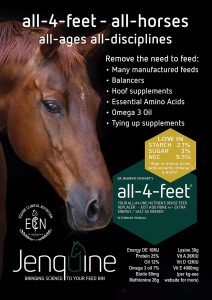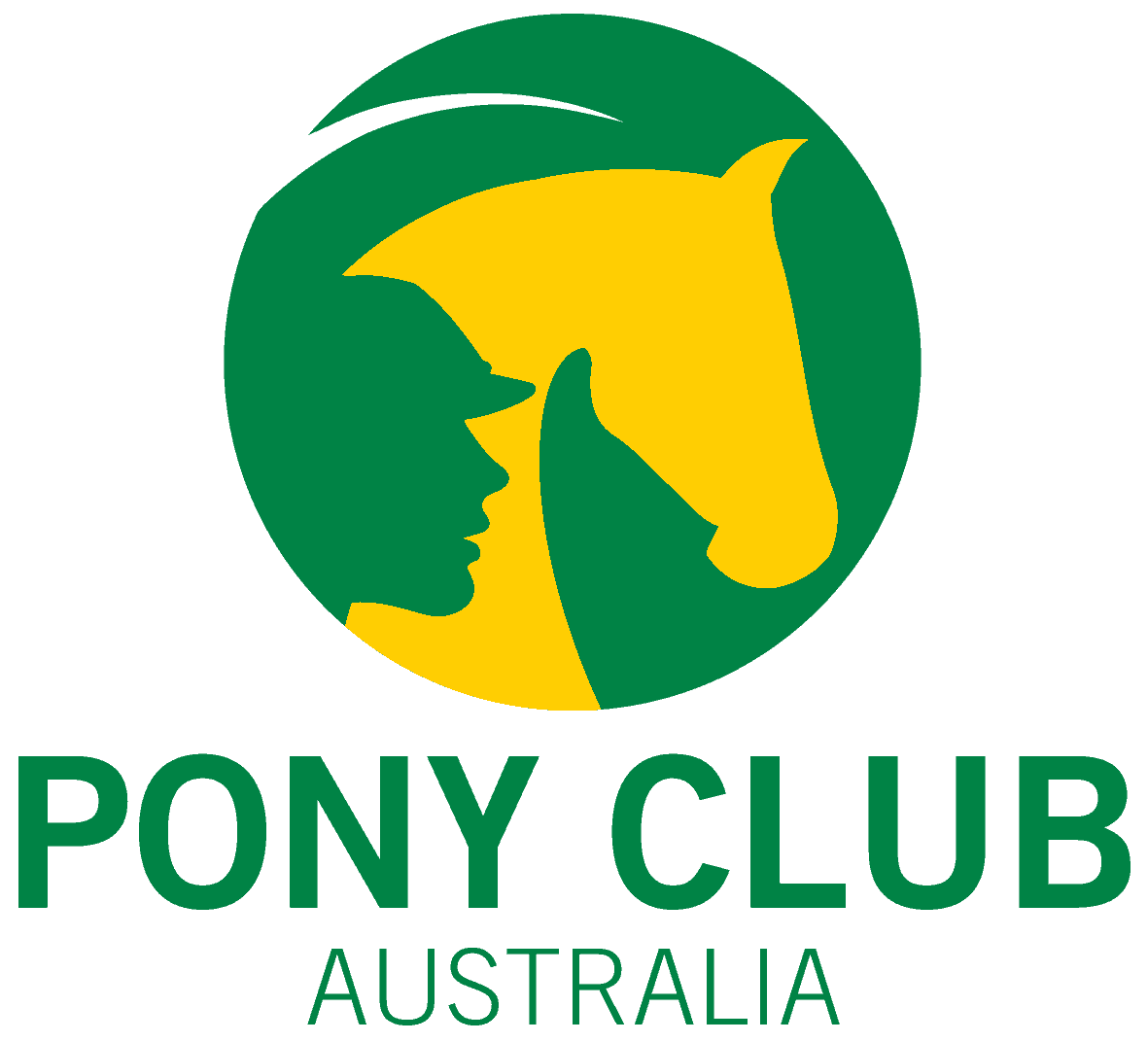Laminitis is one of the most painful conditions for horses and one of the most distressing and frustrating conditions facing veterinarians, farriers and horse owners.
Laminitis is an inflammation of the deep structures of the foot. The developmental phase lasts from around 24 to 48 hours; the acute phase generally lasts for one to seven days before resolving or progressing to subacute or chronic laminitis.
Acute laminitis
At risk horses and ponies should be watched carefully for a little while every day, because laminitis is often difficult to detect in the early stages. Horses with laminitis show foot pain, there is a bounding digital pulse and the hoof may be warmer than usual. You may notice they spend more time standing still or lying down. Their posture when standing may look less relaxed, not as bright as usual and their face may look different, showing signs of pain.
It is critical that veterinary treatment starts very early because once the horse shows signs of laminitis, the disease has been present for at least 48 hours.
At home, while waiting for the vet you can start immersing the legs in an ice slurry. This is really important because continuous icing for 48 to 72 hours reduces the damage inside the hoof. Note: if infection is suspected (foot abcess or seedy toe) icing should not be done.

Figure 1. We now know that ice-water (not hot) is protective. The only proven therapy to stop the progress of acute laminitis is cold water from the knees and hocks down to the feet – although it’s labour-intensive, the benefits are worth it!
Some methods to achieve adequate cooling include:
- Plastic bags – at least 3 litre capacity, put the feet in the bags and pour crushed ice into the bag, sprinkle with salt, attach with a bandage around the knee or hocks.
- Boots – use rubber or plastic to make a boot. Take the “Y ” hose from a washing machine and reverse it with the appropriate coupler so that a garden hose feeds the boots on both front/back legs at the same time. Using a section of truck inner tubing, cut to the appropriate size, creating a “U” shape with one of the horse’s leg in the one side and the other side bandaged or tied at the top to the cannon bone. As long as the horse doesn’t move around it stays in place. The hose is run in the side where the leg is. The water doesn’t need to be flowing very fast to keep the legs cold enough. This is also good nursing if the horse has a concurrent fever.
- A 5 litre fluid bag that will hold an ice slurry secured with duct tape around the lower limbs and hooves is enough to cool the legs. The ice-water slurry should be refilled with ice every 2 hours as needed. Commercially available wader-style boot modified to include the hoof will do the trick, as will a rubber ice boot that reaches just below the knee and hock. Cold gel-wraps and ice packs don’t provide enough cooling.
Farriery
In the acute phase (lasting up to 1 week) it is essential to ensure the foot is properly trimmed to realign the coffin bone with the ground surface. Xrays are necessary to assess the bone position and guide the trimming. A bedding of deep sand will support the foot. The foot can also be packed with a rubberized compound (plasticine etc) that moulds to the shape of the foot and provides even pressure and support across the entire sole and frog (Figure 2.).

Figure 2. Hoof packed with a rubberized compound that moulds to the shape of the foot and provides even pressure across the entire sole and frog.
The horse should not be forced to move, but encouraged to lie down as much as possible to prevent overloading of the inflamed and fragile laminae – which connect the hoof to the pedal bone and support the entire weight of the horse. Providing cushioning for the damaged sensitive sole may require a shoe, glue-on pad, pour-in support or a hoof-boot – depending on the case, the shape of the sole (concave or flat) and the stage of laminitis. No boot fits every horse perfectly and daily monitoring for rubbing is essential.
Emergency diet
Diet is also critically important in the early stages.
Emergency diet (total daily amount):
- Grass hay : 1.5 – 2% of current body weight (soaked to remove sugars)
- Beet pulp (unmolassed) : 0.5 – 1kg (rinsed)
- Iodised salt : 30 – 60g
- Magnesium oxide : 10 – 15g
- Vitamin E : 1000mg (iu)
- Linseed :100g
- 100-200g of a protein/mineral/vitamin balancer pellet
The total daily amount should be divided into at least 3 feeds per day.
Chronic laminitis
If treatment of acute laminitis does not lead to full recovery, the disease will progress to chronic where the attachment between the coffin bone and hoof wall fails and the bone can sink or rotate inside the hoof (Figure 3.). Subacute laminitis does not involve collapse of the foot, whereas chronic laminitis does.

Figure 3. Xray of the foot showing rotation of the coffin bone so it points down and can penetrate the sole.
The feet of horses with chronic, recurring laminitis often show distortion of the wall and rings in the hoof wall (Figure 4.)

Figure 4. The presence of rings, (arrows) can be an indicator of laminitis in the past and it may be still occurring and require xrays and frequent, ongoing special farriery.
Lowering the risk with grazing management
Severe acute laminitis is common with many diseases, including diarrhoea, foaling, pneumonia and tying-up. However, 50% of cases are caused by grazing high-sugar pasture or a diet high in sugar/starch. Proper grazing and feed management could prevent approximately 50% of laminitis cases.
Grass sugar levels are lowest in the morning and increase throughout the day – access to pasture should be restricted to the morning from 3am till noon. They are also high during drought and summer and when night temperatures are low and days sunny. Because sugar levels are highest in the lower stem, grazing down to a plant height of not less than 10-16cm is recommended. Grazing pasture that is heading/seeding should be avoided or paddocks mowed before seed formation.
Concurrent Medical Issues
Horses with cresty necks are more at risk of laminitis. They may or may not have thyroid conditions and problems handling glucose. Crestiness, laminitis and low thyroid function can occur with Cushing’s disease. A veterinary examination is important.
Your veterinarian may advise testing for thyroid and selenium levels, request blood insulin, glucose and cortisol testing and recommend a magnesium supplement.
Dietary management
Including a decision on whether or not affected animals should be returned to pasture is another important consideration. Obese, insulin resistant animals should be held off pasture for 2–3 months, allowing time for implementation of dietary restriction and increased physical activity that result in weight loss and improved insulin sensitivity. Some horses can never return to pasture.
Diet
Once the acute emergency is over and the laminitis stabilised or has become chronic, a correctly balanced diet and maintenance of a healthy weight is necessary. Care must be taken to feed a diet that is low in starch, sugars and non-structural carbohydrates (NSC). To heal the massive damage that has occurred inside the hoof and repair the laminae, a low starch supplement the includes recommended levels of biotin, anti-oxidants, vitamins and minerals (especially zinc, calcium, copper, iodine and selenium fed at 100-750g/day fortified) is needed.
In 1586 the recommended treatment for laminitis was ‘…the skin of a weasel cut into small pieces and mixed with butter, a rotten egg and vinegar…’. Fortunately, today we have more scientific understanding that can be applied in the feedbin.
All content provided in this article is for general use and information only and does not constitute advice or a veterinary opinion. It is not intended as specific medical advice or opinion and should not be relied on in place of consultation with your equine veterinarian and farrier.
Recommended reading:
- http://www.hoofrehab.com/HoofRehabProtocol.html
- https://www.ecirhorse.org/
Meet the author and PCA’s resident equine nutritionist
Dr Jennifer Helen Stewart
BVSc BSc PhD Dip BEP MRCVS
Equine Veterinarian and Consultant Nutritionist – CEO Jenquine

Dr Jennifer Stewart is an equine veterinarian with over thirty five years’ experience. She is also a consultant nutritionist and has formulated feeds, custom mixes and supplements for leading international horse feed manufacturers in Australia, India, Ireland, Japan, New Zealand, Philippines, South Africa, Thailand, Turkey and the UAE. Dr Stewart is passionate about equine nutrition and its role in the management, treatment and prevention of many equine diseases. She is committed to bringing ‘science to the feed bin’.
Dr Stewart graduated BSc (vet) and BVSc at the University of Sydney. Her research thesis was “Resistance of Equine Strongyles to Benzimidazole Anthelmintics” and her PhD “Studies on Heart and Lung Function in Foals”. She worked at the Universities of North Carolina, Michigan and Florida USA in equine medicine, antibiotics and exercise physiology. Following this was a time spent in Newmarket and Cambridge England, in stud and race track research and practice, before establishing an exclusively equine practice on the Central Coast of NSW Australia. She has been an official veterinarian for the Australian Jockey Club for over 20 years, was one of the team of equine veterinarians for the Sydney 2000 Olympic Games and consultant nutritionist for Mitavite for 10 years.
Dr Stewart has spent over twenty five years working on collaborative research projects into gastrointestinal and exercise physiology with major Universities; lecturing and supervising university and TAFE students; consulting to veterinary practices, trainers, pony clubs, owners, equestrian centres and studs; speaking at seminars in Australia, Middle East, South Africa, Philippines, SE Asia, Hong Kong, Japan, Turkey, India and New Zealand, and writing regularly for equine industry magazines. This experience in research, equine medicine and veterinary practice has given Dr Stewart a deep understanding of the complexities of equine health and performance; growth and development of young horses, and feeding practices for the management and prevention of diseases.
Watch Dr Stewart talk about her first love of horses and why she chose to become a vet in this short clip. Pony Club Australia is grateful for Dr Stewart preparing this laminitis article for our Horse Resource page. Please browse her other articles, blog and resources at Jenquine.


